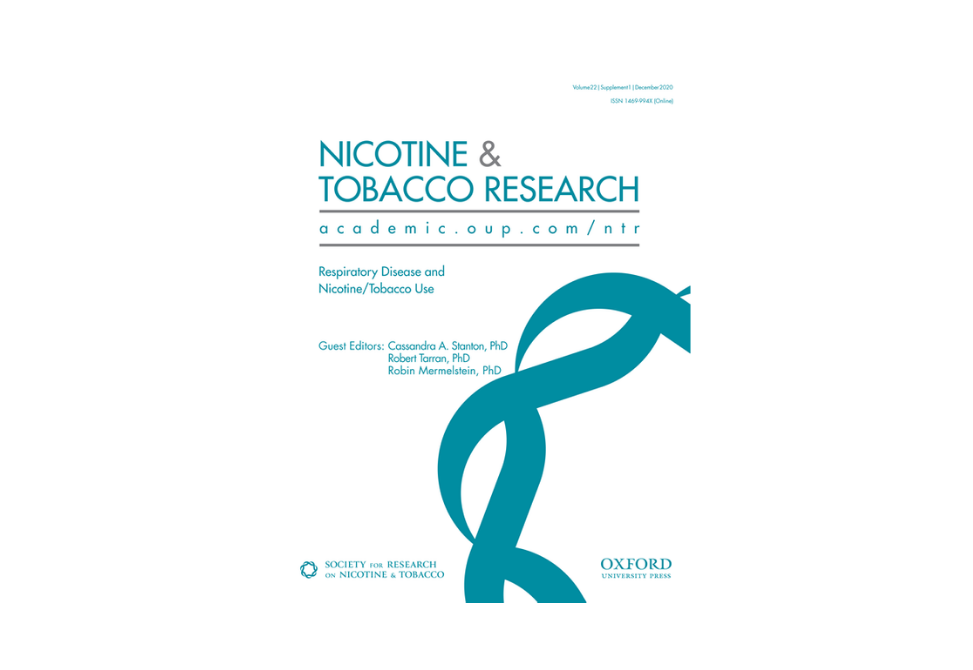Reactive Oxygen Species, Mitochondrial Membrane Potential, and Cellular Membrane Potential Are Predictors of E-Liquid Induced Cellular Toxicity
Abstract
Introduction: The use of flavors in electronic cigarettes appeals to adults and never-smoking youth. Consumption has rapidly increased over the last decade, and in the U.S. market alone, there are over 8000 unique flavors. The U.S. Food and Drug Administration (FDA) has begun to regulate e-liquids, but many have not been tested, and their impact, both at the cellular level, and on human health remains unclear.
Methods: We tested e-liquids on the human cell line HEK293T and measured toxicity, mitochondria! membrane potential (Delta Psi(m)), reactive oxygen species production (ROS), and cellular membrane potential (V-m) using high-throughput screening (HTS) approaches. Our HTS efforts included single-dose and 16-point dose-response curves, which allowed testing of AO commercially available e-liquids in parallel to provide a rapid assessment of cellular effects as a proof of concept for a fast, preliminary toxicity method. We also investigated the chemical composition of the flavors via gas chromatography-mass spectrometry.
Results: We found that e-liquids caused a decrease in Delta Psi(m) and V-m and an increase in ROS production and toxicity in a dose-dependent fashion. In addition, the presence of five specific chemical components: vanillin, benzyl alcohol, acetoin, cinnamaldehyde, and methyl-cyclopentenolone, but not nicotine, were linked with the changes observed in the cellular traits studied.
Conclusion: Our data suggest that Delta Psi(m), ROS, V-m, and toxicity may be indicative of the extent of cell death upon e-liquid exposure. Further research on the effect of flavors should be prioritized to help policy makers such as the FDA to regulate e-liquid composition.
Citation
Reactive Oxygen Species, Mitochondrial Membrane Potential, and Cellular Membrane Potential Are Predictors of E-Liquid Induced Cellular Toxicity
Eva Correia-Álvarez, PhD, James E Keating, BS, Gary Glish, PhD, Robert Tarran, PhD, M Flori Sassano, PhD
Nicotine & Tobacco Research 2020 22(2), S4–S13
DOI: 10.1093/ntr/ntaa177


